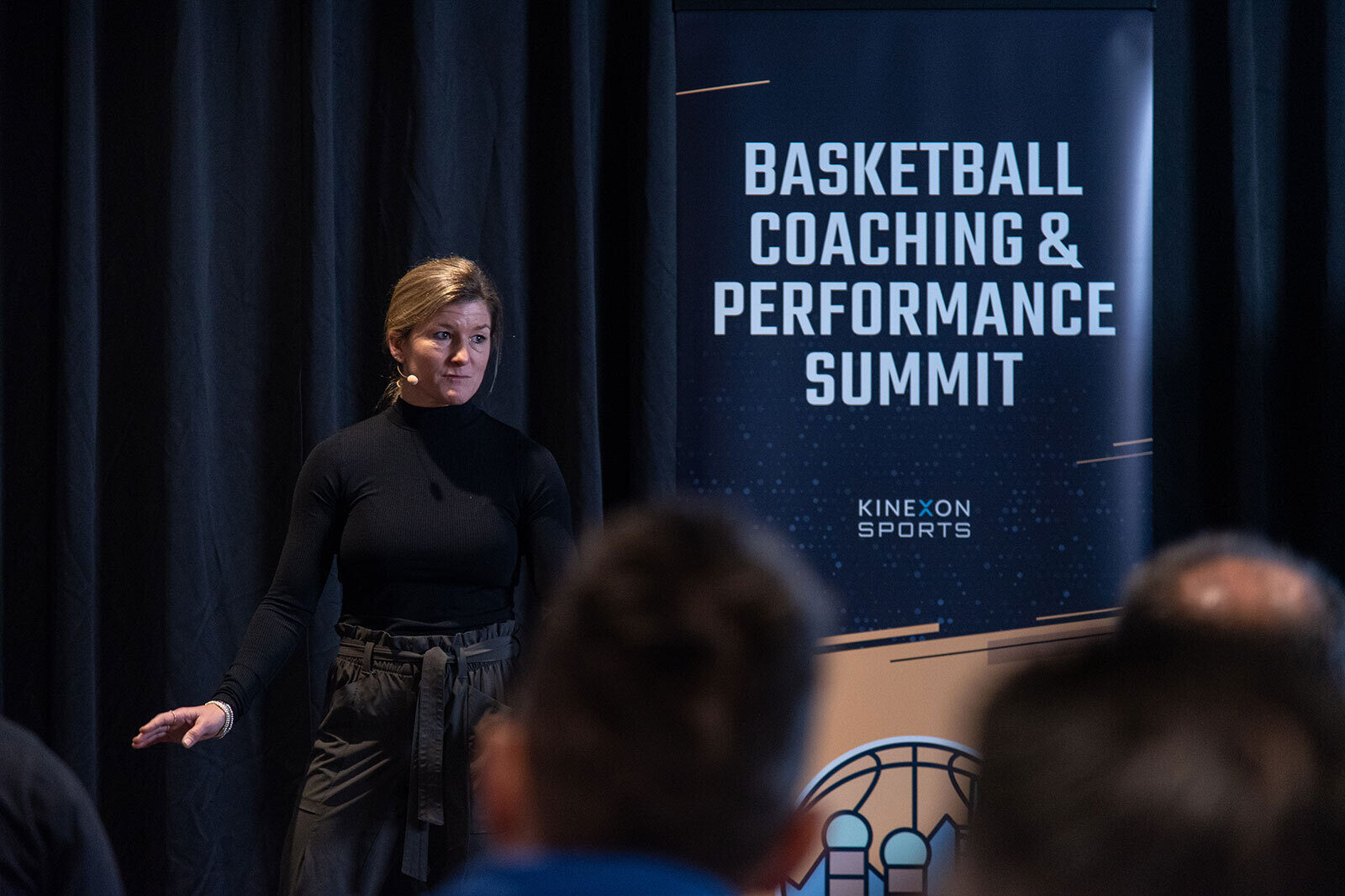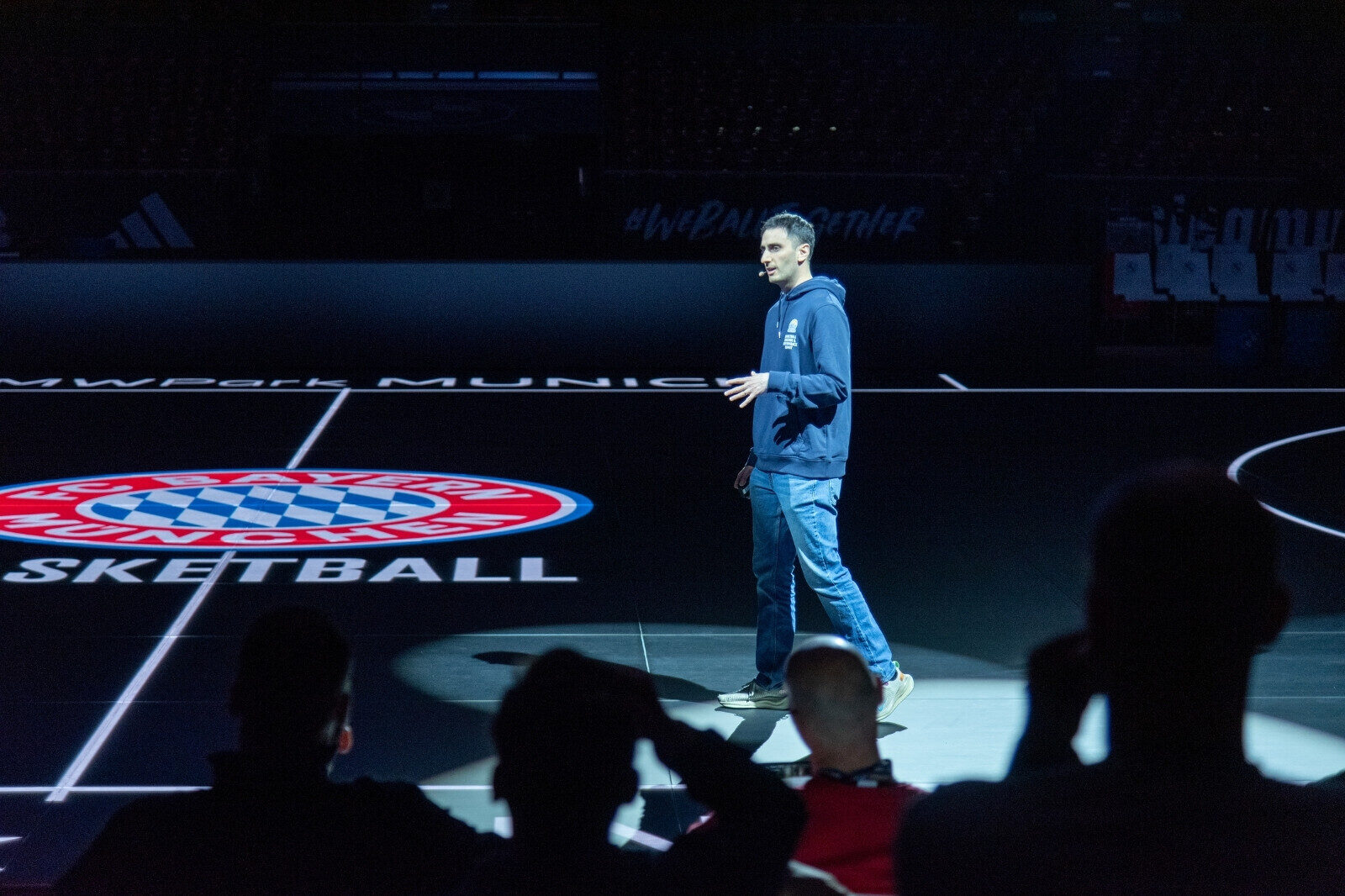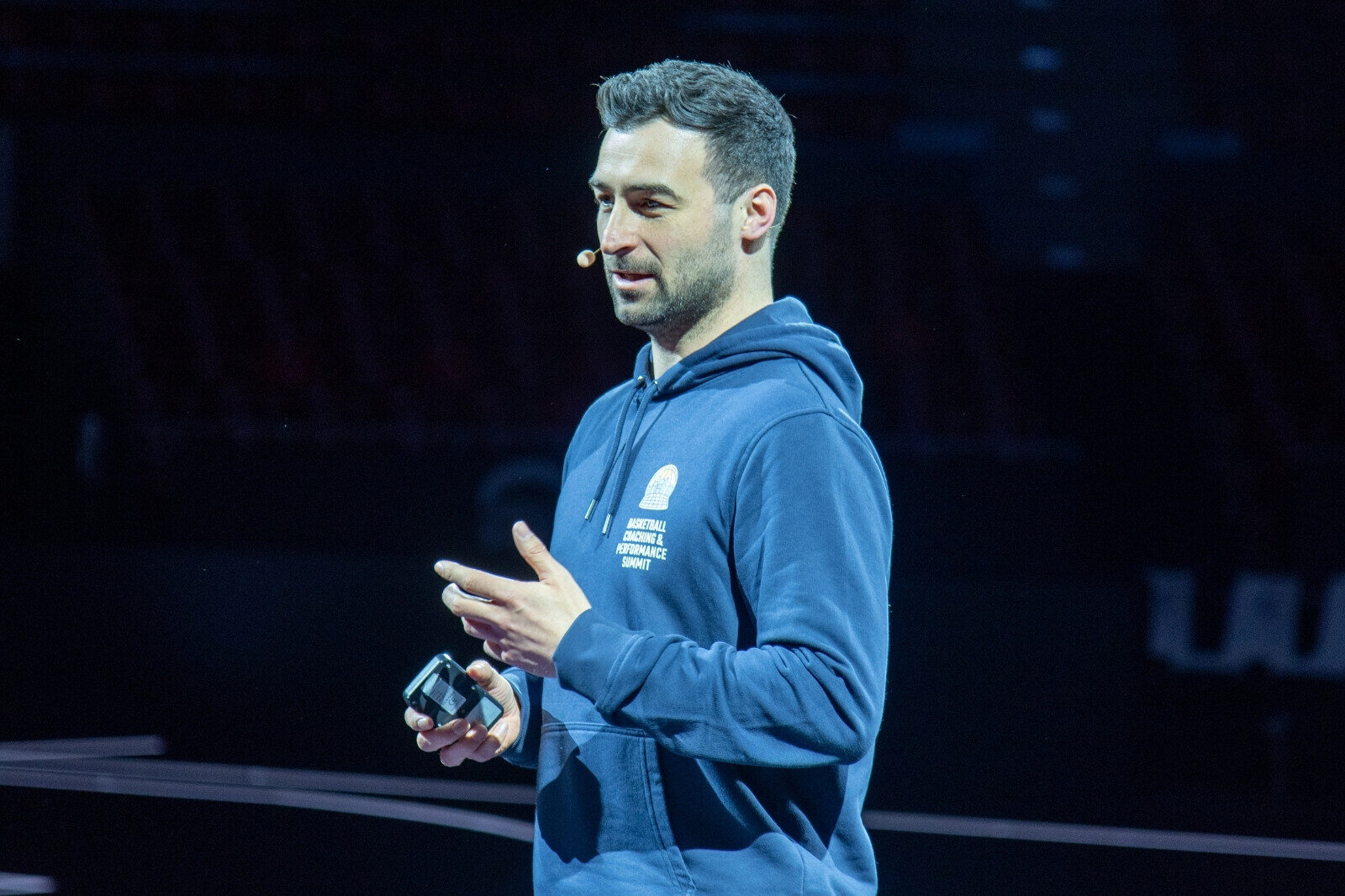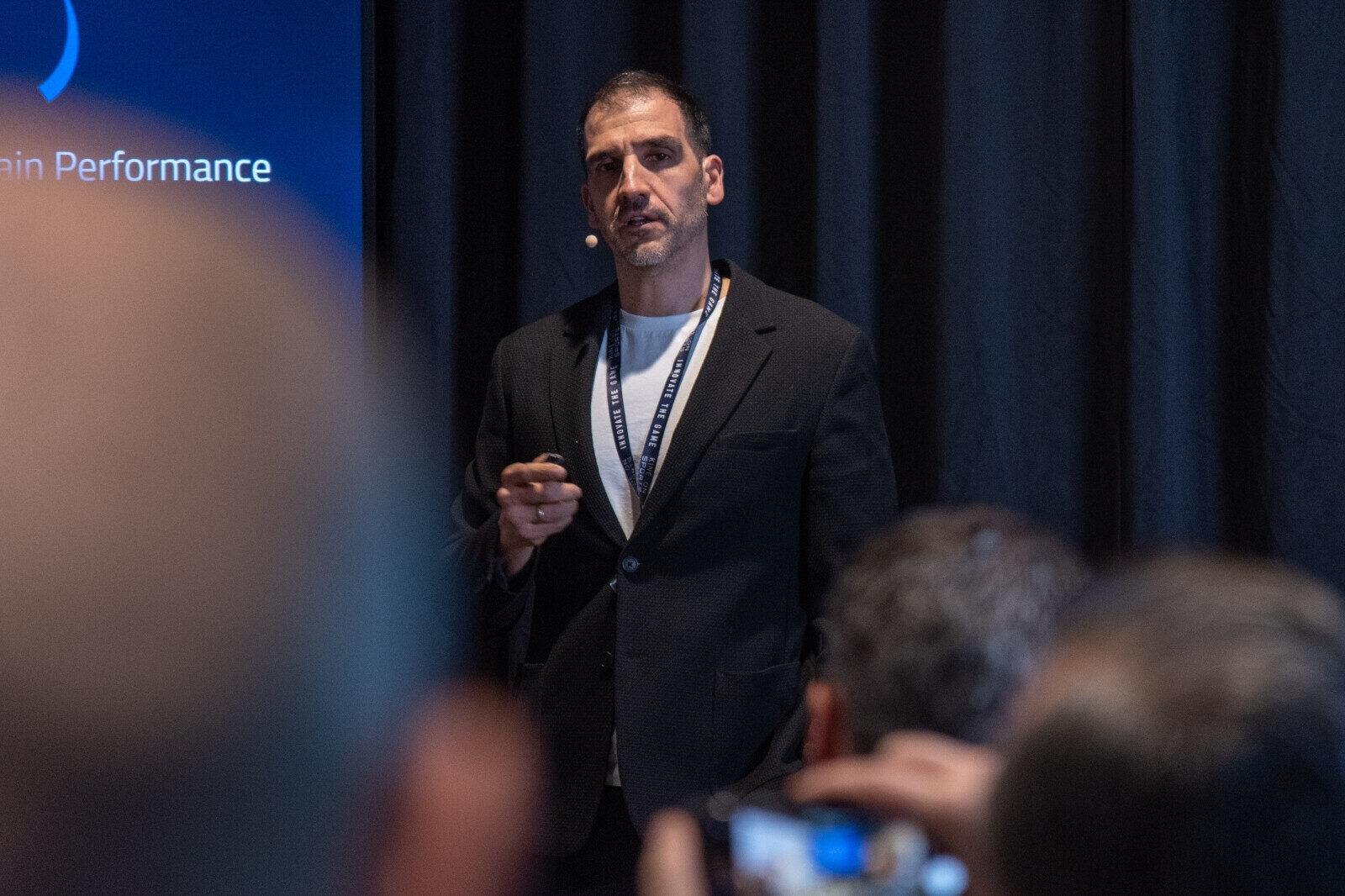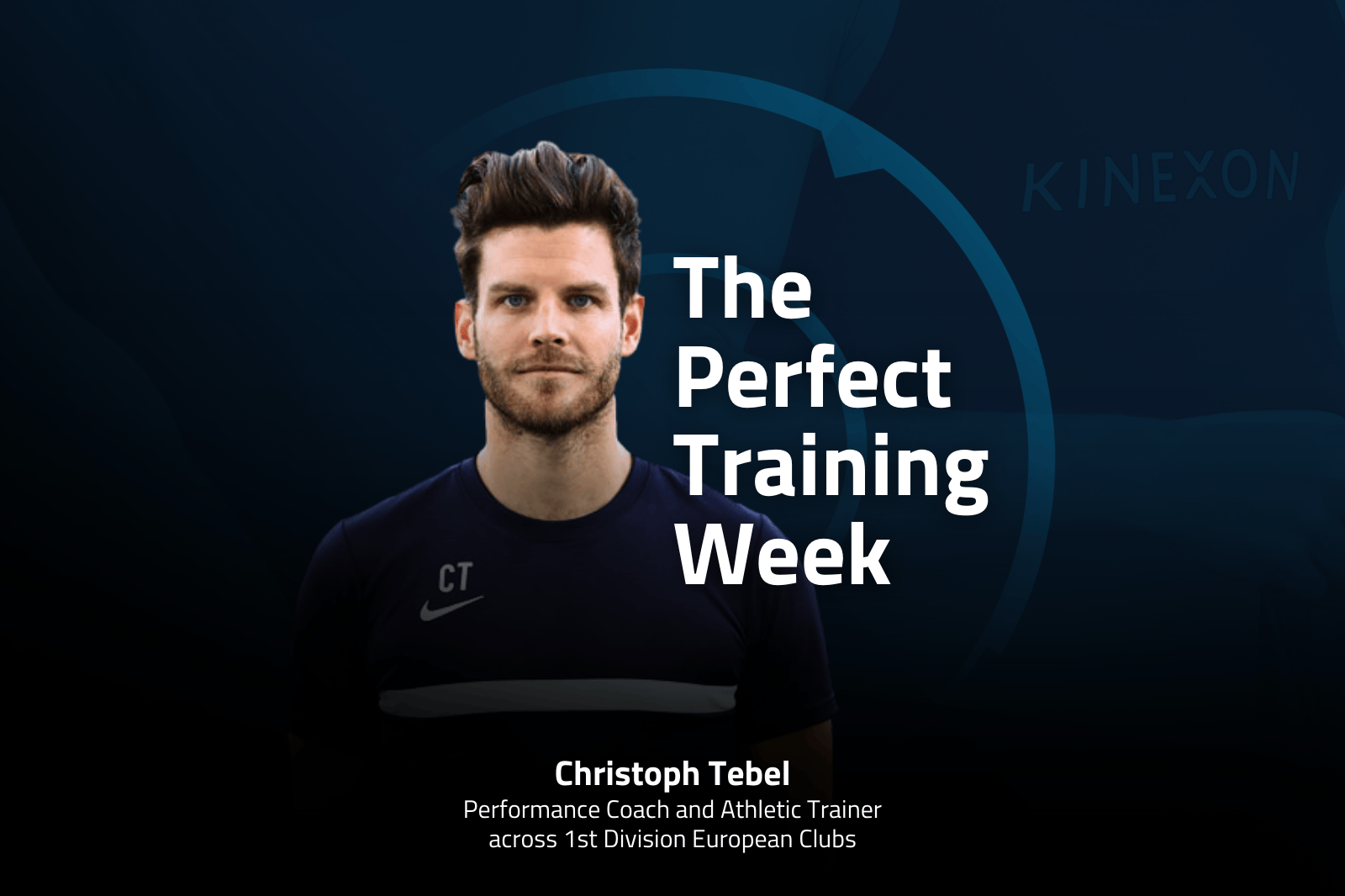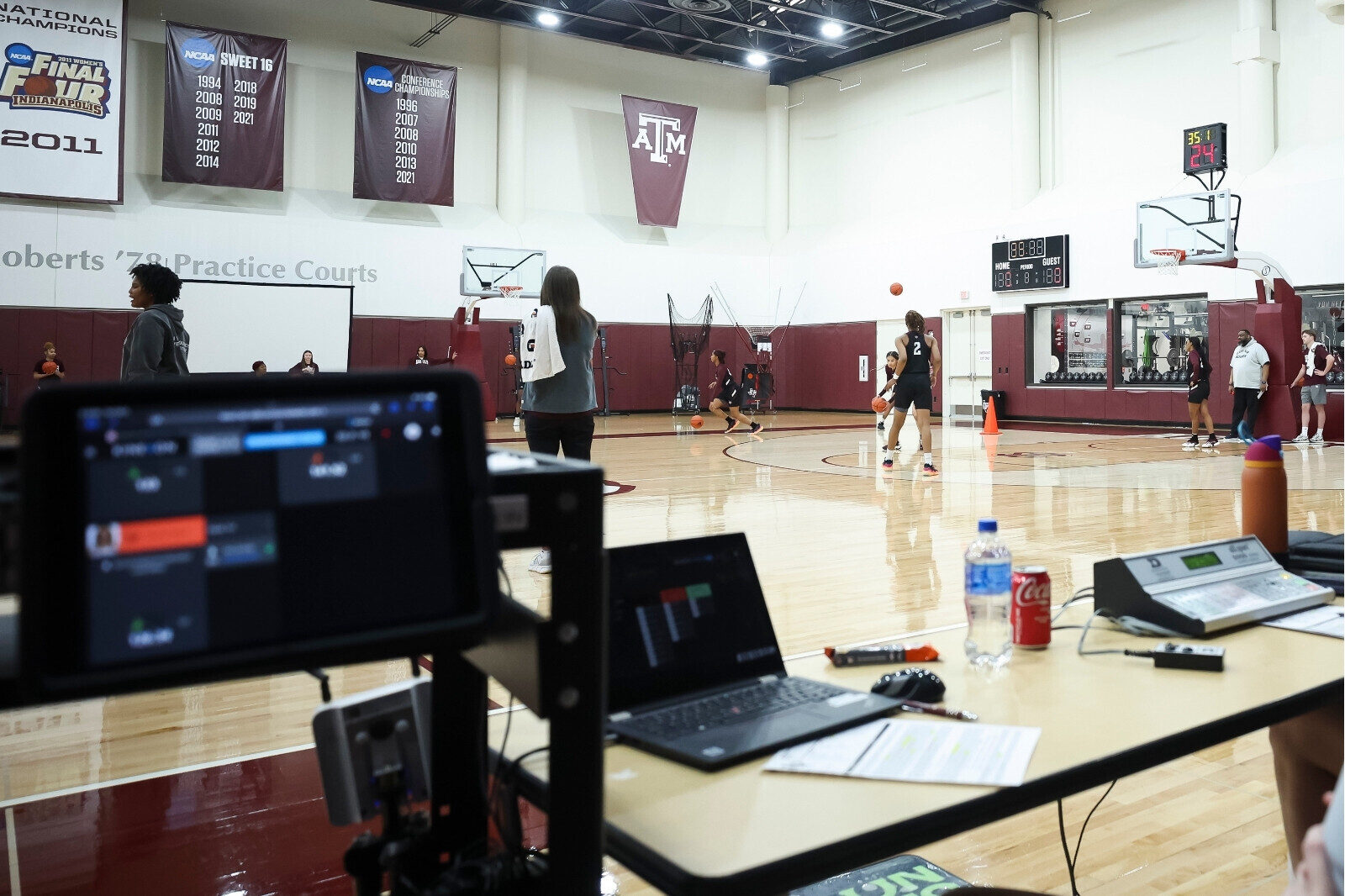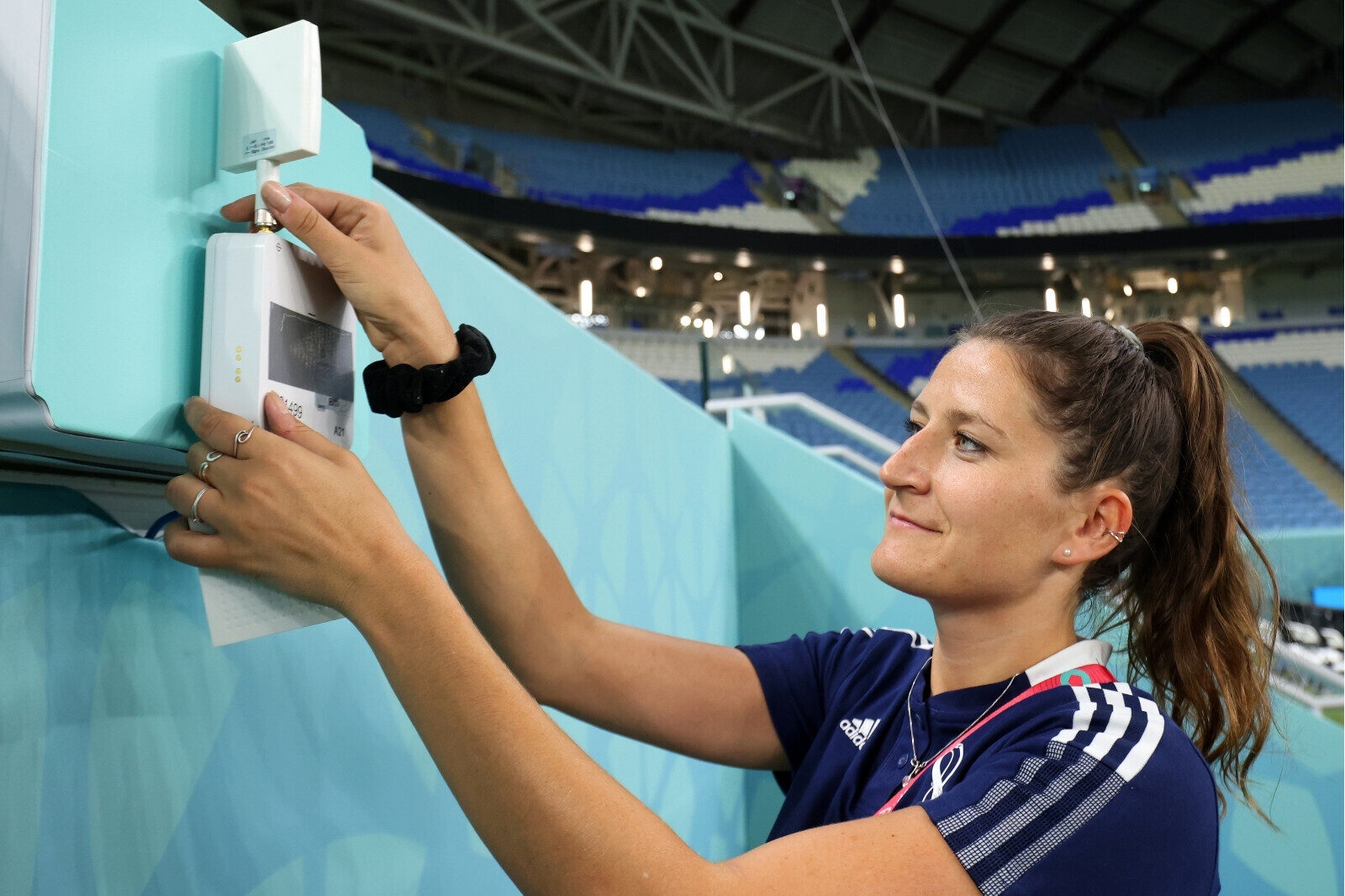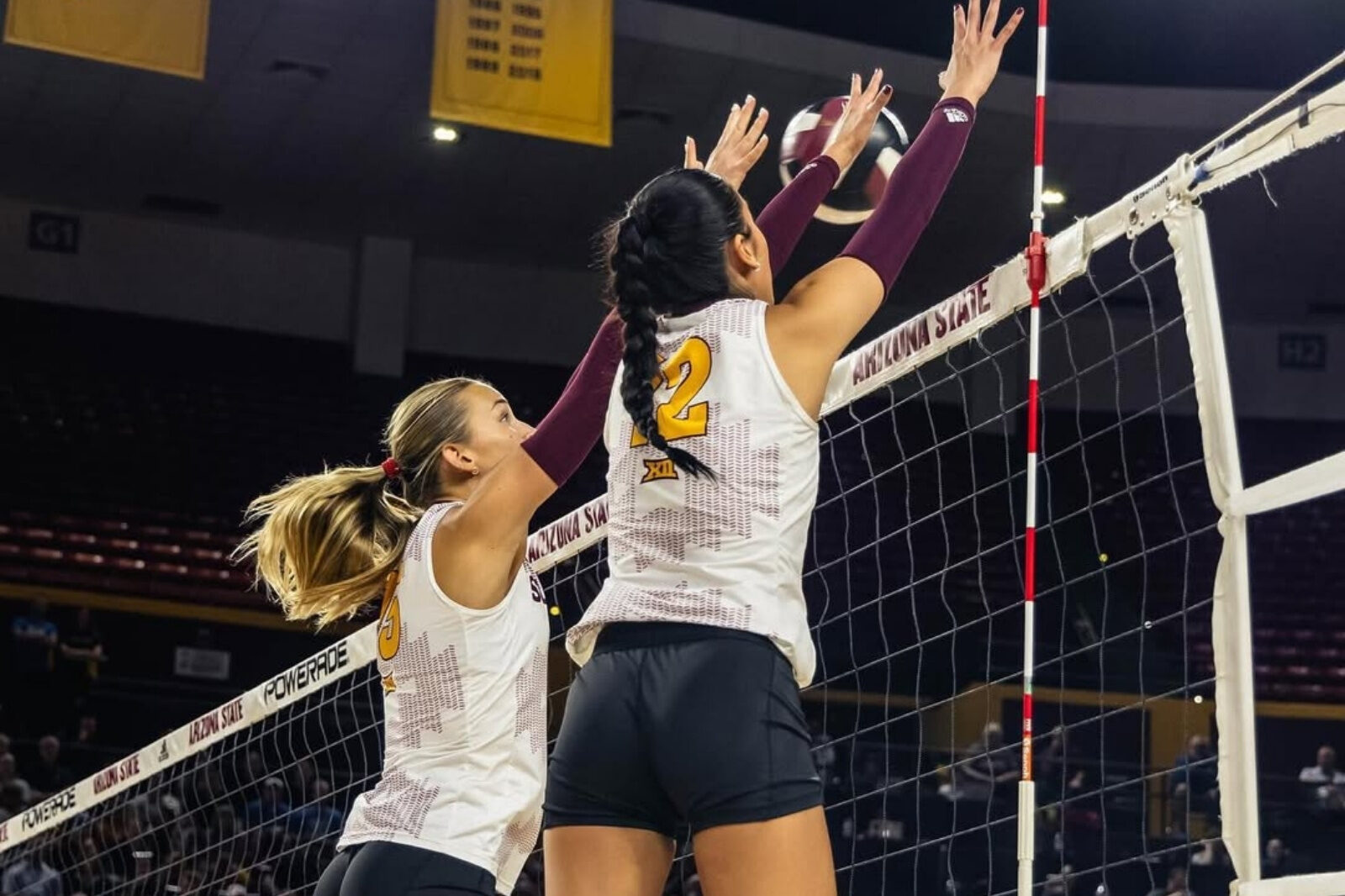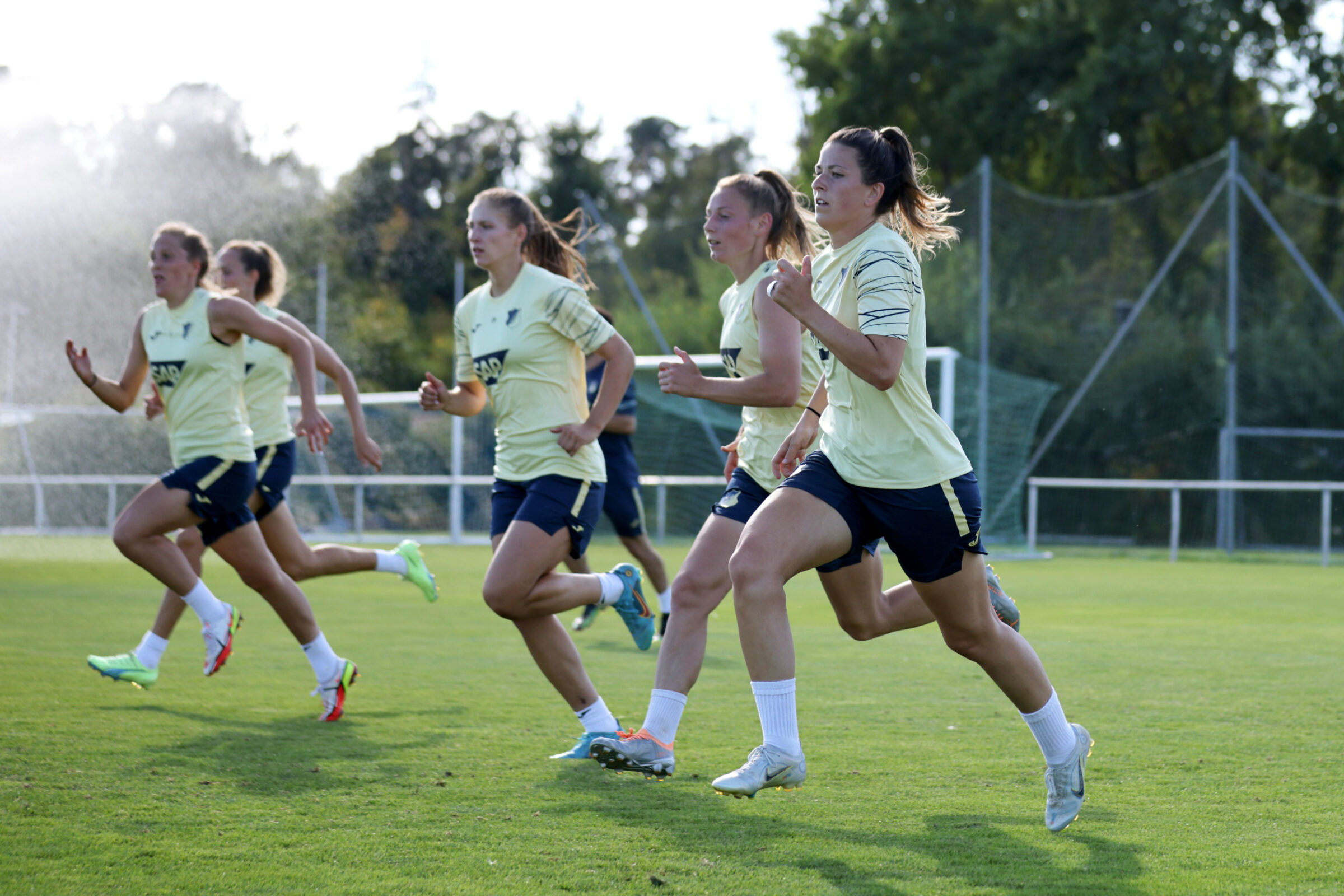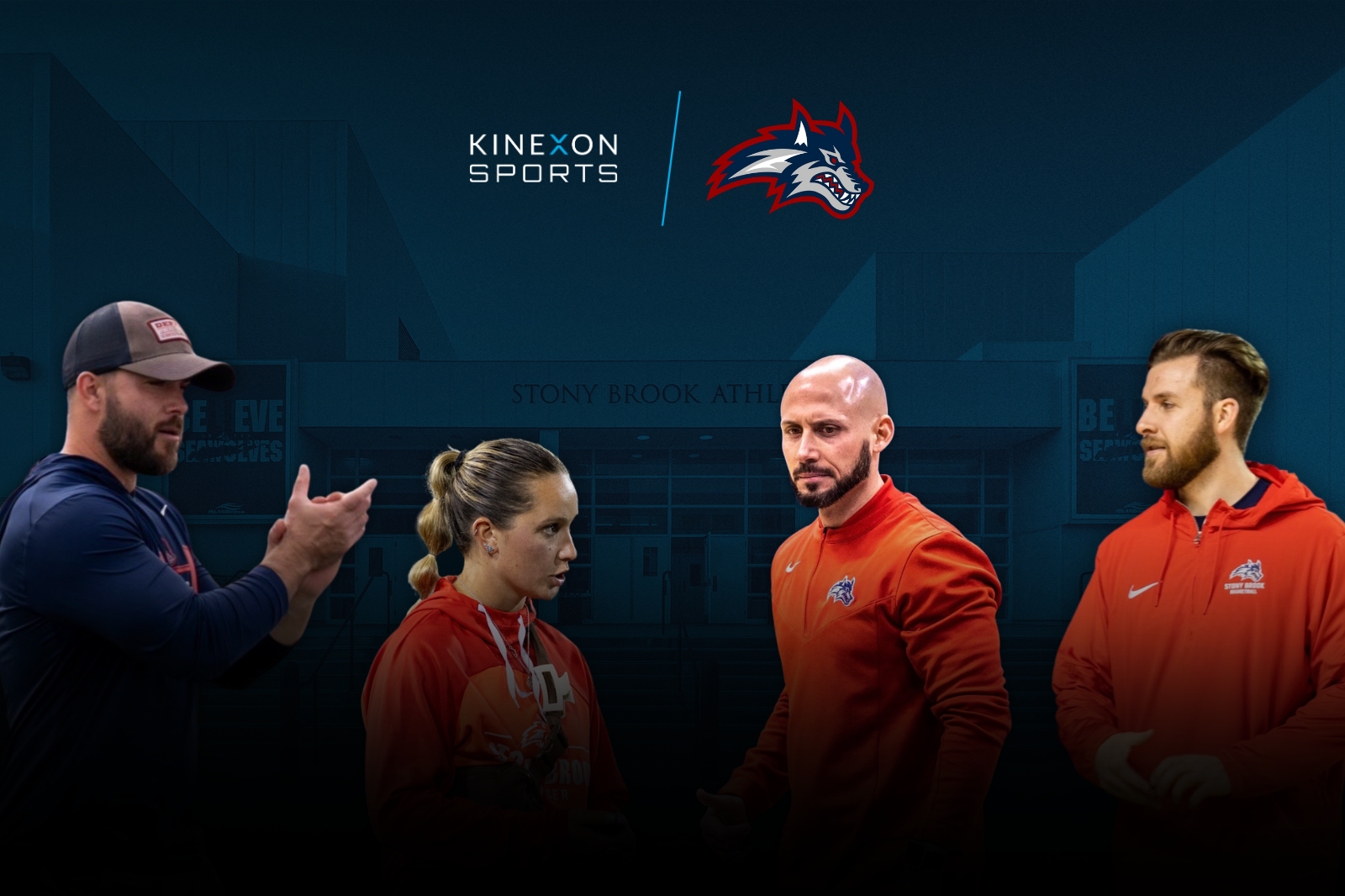What Strategies Can Coaches Use To Find Top-Tier Sports Data Analysts?
Author: Dave Grendzynski
As the Director of Sports Performance at the University of Colorado, Steve Englehart realized he needed someone who could make sense of the data he was collecting. He explains how he found his analyst and how other coaches can find one too.
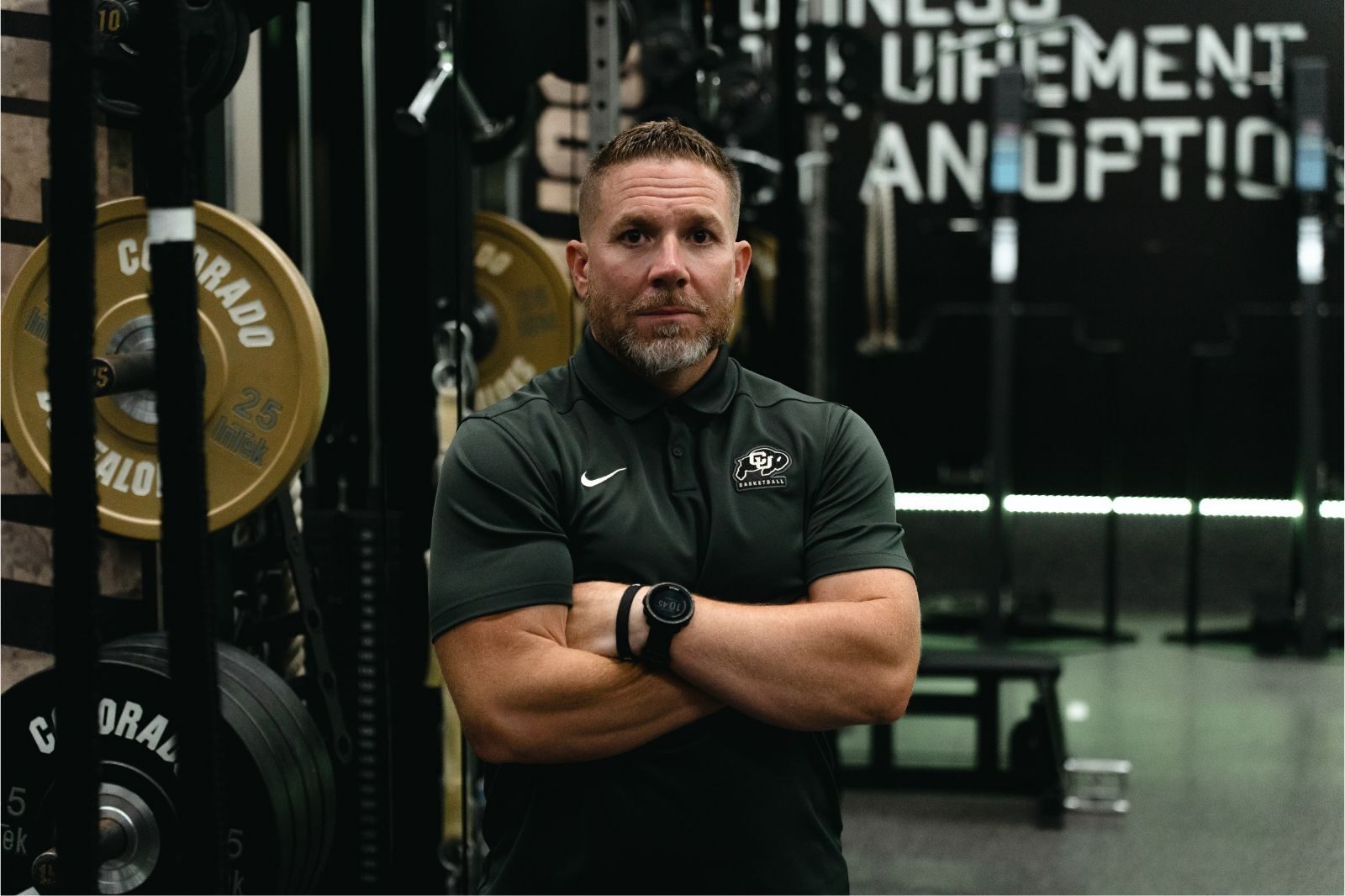
Tessa Mendoza is the assistant director of developmental science at Colorado, and has a background in coding and statistics.
Together, she and Coach Englehart form a dynamic duo that uses data to make informed decisions about the team’s performance.
Coach and Data Analyst Are a Team
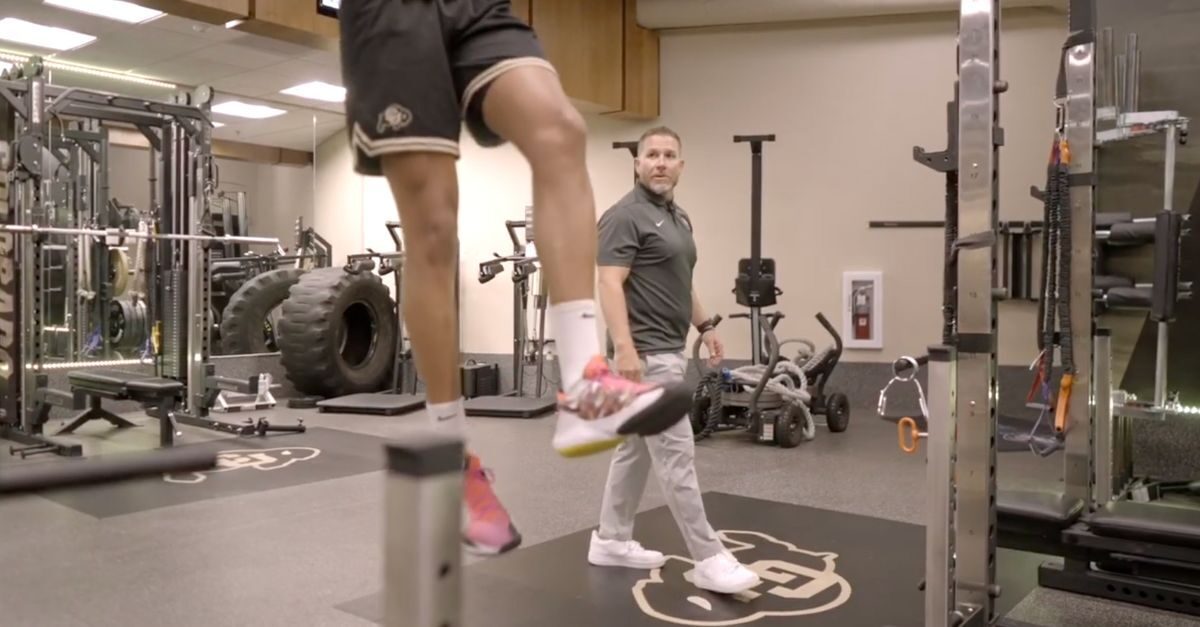
Englehart and Mendoza use data to monitor their players’ workloads and injury risk. They also use it to adjust the intensity and duration of the training sessions and the recovery strategies. They communicate their findings and recommendations to the head coach and the players, who are receptive and curious about the basketball data they provide.
Coach Englehart says the KINEXON Sports app has a great dashboard that allows him to pick a player and see their status three days out, two days out, and one day out. He says that he can make his own educated decisions about what he needs to do for that player, but he also relies on Mendoza’s expertise and insights.
How Coaches Can Find Help
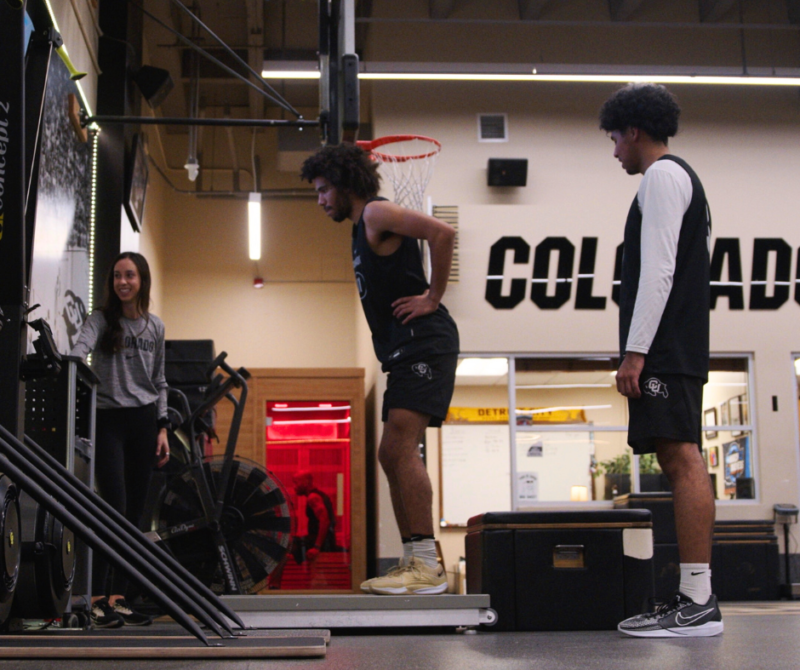
“I needed help three or four years ago,” he said. “I didn’t know what to do with the data he was looking at.”
But he says that if you’re at a smaller school or club, or if you just simply need help tracking your data, head over to the math department. “I would go into a data analytics class or data science class and say hey, I need some help,” he said. “I think the biggest thing in this field as strength coaches is for somebody to say I need help.”

“I would go into a data analytics class or data science class and say hey, I need some help.”
Mendoza agrees, “You can find people with coding skills or statistics skills and then it’s just a matter of applying it.” She enjoys working with Coach Englehart and the basketball team, and that she sees the value of data science in sports.
She even talks to some players interested in her job and what she does behind the scenes. Some of them have even taken coding classes and want to learn more about sports data analysis.
More Insights on Sports Data
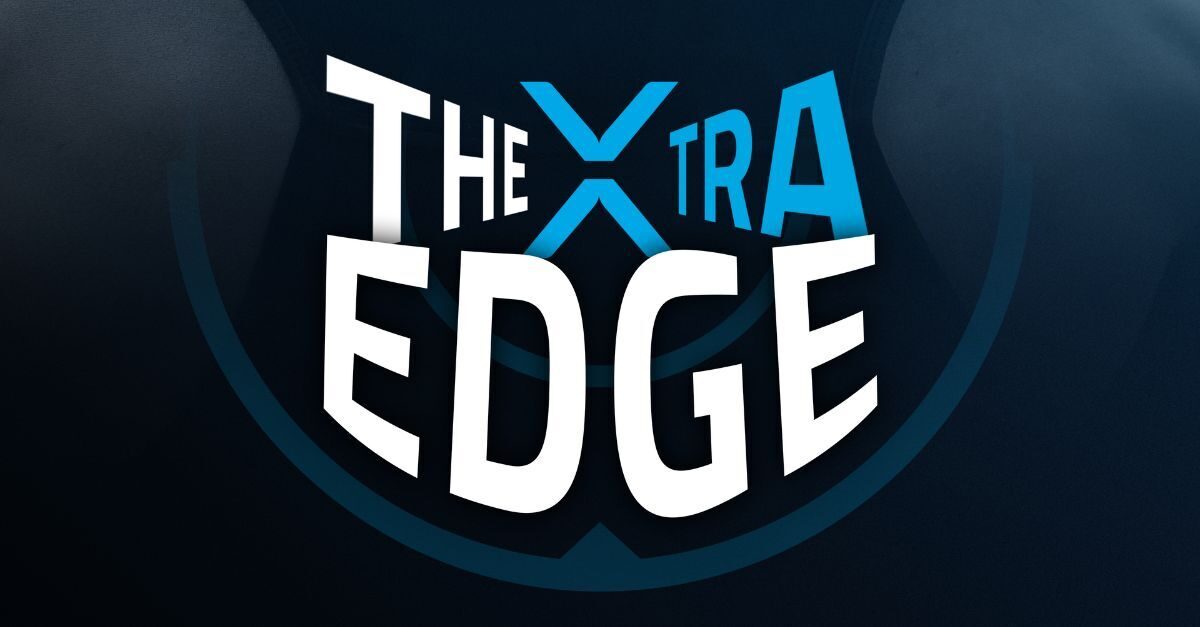
Coach Englehart and Coach Mendoza are examples of how data science can help sports teams achieve their goals and improve their performance. They are also examples of how collaboration and communication are essential for data science projects. They show that data science is not only a technical skill, but also a human skill that requires curiosity, creativity, and teamwork.
If you want to hear more insights from Englehart and Mendoza, check out the latest Xtra Edge podcast. You’ll hear them talk about what motivates players and what they think are the three most important player metrics every coach should track.
Or you can download our guide that will explain how you can get started collecting data and gathering insights.


